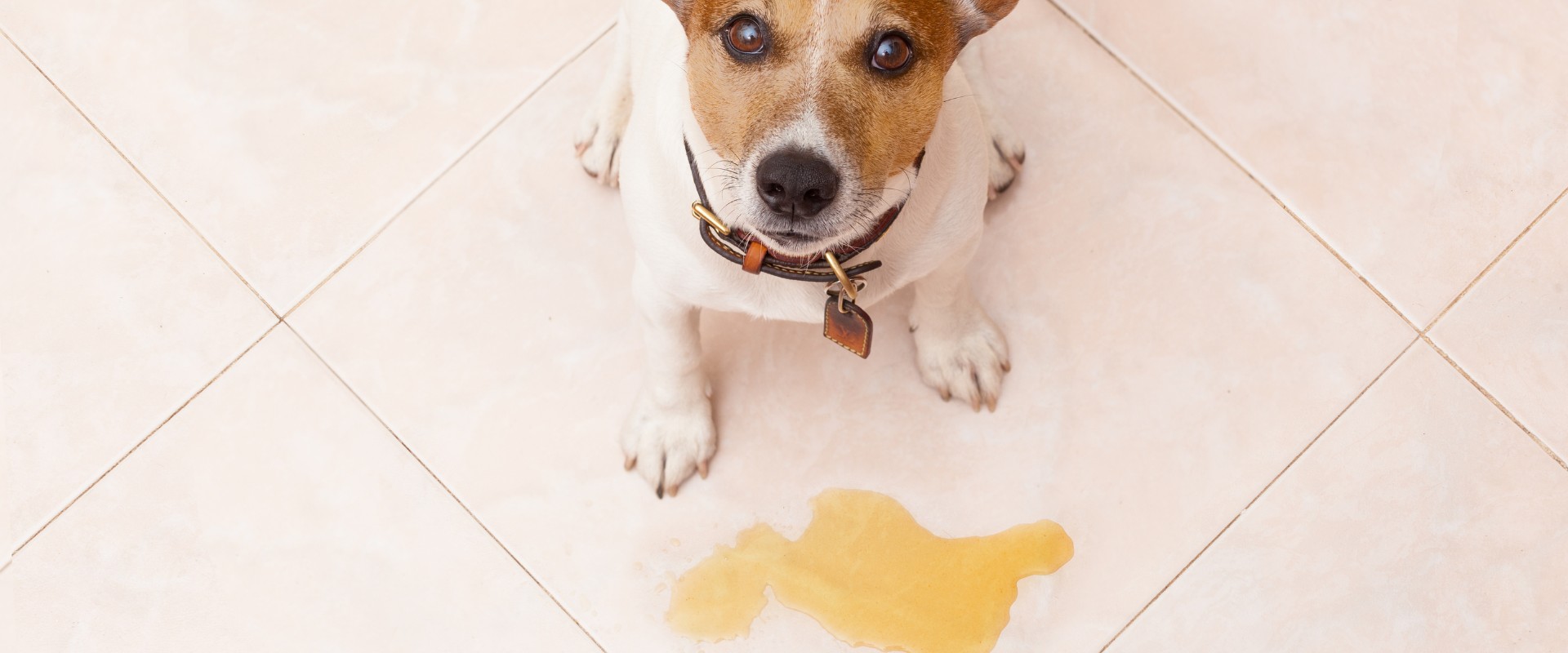An enthusiastic welcome from your pooch can be adorable—up to a point. When that excitement translates into relentless jumping on every guest who walks through your door, those initial warm feelings can turn a bit sour. If you find yourself struggling with this all-too-common canine behavior, fear not;
asking yourself “how do i train my dog not to jump on visitors?” here’s a comprehensive guide to training your dog not to jump on visitors.
Understanding the Jump
Jumping up on people is a natural dog behavior, a way of greeting and showing affection that dogs learn from a young age. Pups jump up to greet their mothers, and in a canine pack, seniors may return the favor to show their respect. However, in human social circles, this enthusiastic hello can be quite problematic.
Why Dogs Jump
There are several reasons behind this behavior. Dogs jump for attention, seeking petting and interaction. They also jump as a form of play or as a way to establish their place in the pack order. Understanding these motivations can help in training our furry companions.
The Impact on Visitors
While a little doggy devotion is never a bad thing, the impact on visitors can range from mild discomfort to serious safety concerns, particularly for older or younger visitors. Addressing the jumping concern is not just in the best interest of your guests; it’s also essential for maintaining a calm and well-behaved household.
Positive Reinforcement Techniques
Training your dog not to jump up can be an incredibly rewarding experience for both you and your pet. Here are some positive reinforcement strategies to help modify this behavior.
Timing Is Everything
The most effective way to discourage jumping is to offer an alternative behavior right at the moment your dog is about to jump. For instance, if your dog gets up to jump, instruct them to sit before they do.
Consistent Commands and Rewards
Develop a consistent command, such as “Down” or “Off.” When your dog follows the command, reward them with a treat or with praise, reinforcing the idea that obeying your command is the right thing to do.
Keeping It Positive
When reprimanding, avoid physical force or scolding that can instill fear or confusion. The goal is to make obeying your command more rewarding than jumping, not to punish jumping itself.
Redirecting Attention
Redirecting your dog’s attention from visitors can be an effective tool against jumping. It is not about stopping your dog from being social but teaching them social cues.
Work on Obedience Skills
Reinforce basic obedience training with your dog by practicing in different settings, including around visitors. This strengthens their ability to focus on you and follow your commands amidst distractions.
Introduce Distractions Gradually
If your dog is particularly excitable, start small. Begin with simple commands and rewards in the presence of a calm visitor. Over time, as your dog becomes more adept at focusing on you, work up to more challenging scenarios.
Practice Makes Perfect
Training your dog is a marathon, not a sprint. Consistently reinforcing good behavior is crucial.
》Role-Playing Scenarios
Utilize friends and family who are willing to help you by role-playing as visitors. Train your dog to greet these helpers politely.
》Controlled Interactions
Gradually increase the complexity of scenarios and the energy of the visitors. This could involve friends who may be slightly more animated or visitors who your dog is particularly fond of.
》Rewarding Success
Each time your dog refrains from jumping, ensure it’s effectively rewarded. This can be done with treats, toys, or special attention, giving your pet a reason to continue the good behavior.
Overcoming Challenges
Not every dog will take to this training smoothly; some may present significant challenges.
Handling Over-Excitement
For highly energetic dogs, focus on managing their excitement levels. This can involve additional exercise before visitors arrive or mental stimulation through puzzle toys to keep them occupied.
Addressing Persistent Jumpers
If your dog has already made jumping a habit, be prepared for a longer training process. Revisit the basics and practice patience, as consistent training will eventually yield results.
Professional Help
For persistent cases or if you’re encountering difficulty with the training, consider seeking out a professional dog trainer. They can provide tailored techniques for your specific situation.
The Long-Term Outlook
Dog training is not just about fixing isolated problems; it’s about establishing a comfortable and communicative bond with your canine companion.
✤ Persistence Is Key
Consistency over time is crucial. Reinforce the desired behavior for a dog to fully integrate it into their routine.
✤ Household Harmony
Creating a consistent training plan will lead to a happier household. Guests will feel more at ease, and your dog will also experience less anxiety from being reprimanded or pulled away.
✤ Building a Relationship with Visitors
Ultimately, successful training will contribute to building a positive relationship between your dog and your visitors. A well-mannered pet makes for more enjoyable social interactions for everyone.
Conclusion
Curb the urge to leap with these comprehensive dog-training strategies. Yes, it takes time and patience, but the end result is worth every second of effort. With consistent training and an understanding of the behavior, your dog can learn to be the perfect host. Remember, the goal is not to repress your dog’s natural exuberance but to channel it into socially appropriate actions.
Training your dog not to jump on visitors is a continuing process, but with love, positive reinforcement, and the willingness to invest the effort, you and your pet can shine as ambassadors of warmth and hospitality—four paws and all.



